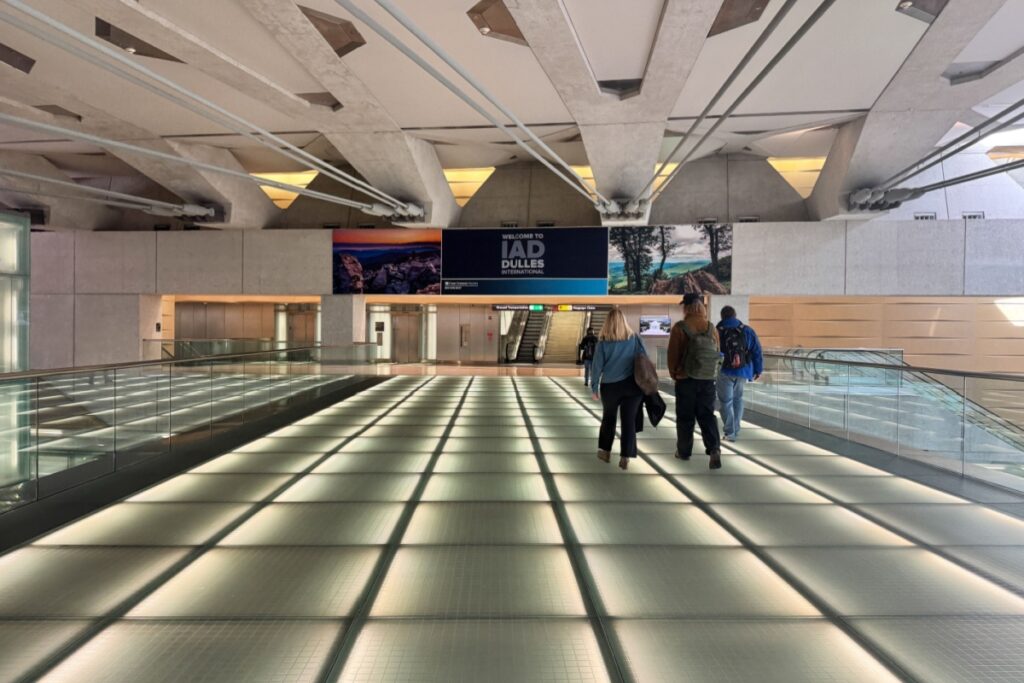Less than a week after the federal funding lapse began on October 1, 2025, an air traffic control tower near Los Angeles declared itself nonoperational due to insufficient staffing, forcing pilots to coordinate independently during the downtime. At Hollywood Burbank Airport, the tower remained offline for nearly six hours on October 6. That incident emerged as one of the earliest signs of disruption in the national aviation network.
Control Towers Darkened Amid Staffing Shortfalls
Since the shutdown commenced, the Federal Aviation Administration (FAA) has acknowledged controller shortages affecting major airports and control centers in cities like Boston, Philadelphia, Atlanta, and Houston. Simultaneously, the Transportation Security Administration (TSA) is experiencing rising unscheduled absences among screening personnel, raising concerns about longer security lines and delays at checkpoints. Agencies have reported that the absence rates have not yet triggered widespread gridlock, but officials warn that the system remains on a precarious edge.
Growing Delays and Operational Disruptions
As the shutdown extends beyond its first week, delays have proliferated. On average, flights have been held up by two-and-a-half hours in some of the first recorded disruptions. In some corridors, delays are now attributed to staffing issues in 53 % of scheduled flights, a dramatic rise from a baseline figure near 5%. The FAA and aviation analysts warn that the congestion is not confined to a handful of airports: the cascade is stretching to Dallas, Nashville, Newark, Chicago, and Denver.
Air traffic control unions emphasize that the workforce is already under strain. Nick Daniels, president of the National Air Traffic Controllers Association, has described the situation as dire: many controllers are now working unpaid, under increased pressure, and are considering other employment. Reports suggest more controllers are calling in sick or failing to report, compounding the decline in operational capacity. Meanwhile, TSA agents, numbering roughly 50,000, are also working without pay, contributing to longer queues at airport checkpoints.
Structural Weaknesses Exposed
Observers note that systemic problems in U.S. aviation predate this shutdown. Prior to October 2025, the FAA was already coping with a shortfall of nearly 3,000 air traffic controllers, exacerbating vulnerability to even modest staff absences. The 2019 shutdown offers a cautionary precedent: over a 35-day lapse, airports like Miami International experienced partial closures due to mass callouts among security screeners. Critics say reforms spurred in the aftermath were insufficient to prevent recurrence.
In the budget standoff before the October shutdown, projections estimated that the FAA would furlough over 11,000 employees, while still requiring over 13,000 air traffic controllers to remain on duty without compensation. Industry associations warned that such measures would delay essential safety inspections, maintenance of critical systems, and modernization efforts.
Some airports are reacting differently: Kansas City International (KCI) has reportedly maintained smoother operations, in part because a high proportion of its federal staff are classified as essential and remain on duty despite unpaid status. Yet this stands as an exception. In other regions, the strain is intensifying, especially in remote communities reliant on federal Essential Air Service subsidies, which may be jeopardized if funding remains unresolved.
Implicit Pressures on Safety and Infrastructure
Aviation safety professionals warn that the operational strain cannot be decoupled from risk. The shutdown has paused hiring, training, and key modernization efforts, such as a $12.5 billion technology upgrade initiated by the FAA. Inspectors, certification personnel, and support staff may be furloughed or delayed, causing downstream bottlenecks.
The shutdown also lays bare the human cost. With federal paychecks suspended, many workers are under financial duress. Controllers and security screeners face mounting strain while attempting to fulfill federal obligations without compensation. Union leaders warn that prolonged uncertainty may erode morale, complicate recruitment efforts, and trigger lasting damage to the aviation workforce.
As Congress resumes sessions and negotiations advance, stakeholders in aviation emphasize immediate action. The ripples from this shutdown are affecting day-to-day operations across the U.S. air network, and, unless resolved, could further amplify delays, safety risks, and infrastructure backlogs.


